The Ultimate Guide to Understanding Different Types of Otakus

Otaku culture, originating from Japan but now a global phenomenon, is as diverse and nuanced as the myriad of interests it encompasses. At its core, otaku is a term that refers to individuals with consuming interests, particularly in anime and manga, but over time, the definition has expanded to include a range of hobbies. Understanding the different types of otakus is akin to exploring a rich tapestry of passion and dedication, where each thread represents a unique subset of this vibrant subculture.
From the anime aficionado who can recount every episode of their favorite series, to the gaming guru who spends hours perfecting their skills in virtual worlds, otakus are united by their deep-seated enthusiasm for their chosen niche. This guide will navigate through the colorful spectrum of otaku subtypes, shedding light on the distinctive characteristics that define each group. Whether you're an aspiring otaku seeking to find your tribe or a seasoned veteran looking to broaden your horizons within the otaku universe, this exploration will offer insights into the fascinating world of specialized fandoms.
Understanding the Otaku Culture
Otaku culture refers to a subculture in Japan that is obsessed with various interests like anime, manga, video games, idols, trains, etc. The word "otaku" originally meant someone who is obsessed with a hobby or interest to the point that they have little interest in anything else.
In the West, the term otaku is often associated specifically with anime and manga fandom. However, in Japan it can refer to a much broader range of specialized interests. Some common types of otakus in Japan include:
-
Anime/manga otakus
-
Game otakus
-
Idol otakus
-
Railway otakus
-
Military otakus
Otaku culture emerged in Japan the 1970s and 1980s when genres like anime and manga started becoming popular hobbies. New specialist magazines and fan conventions allowed fans to connect and share their niche interests.
Some distinguishing aspects of otaku culture include:
-
Obsessive focus on niche interests
-
Collecting related merchandise and memorabilia
-
Attending conventions and meetups
-
Dressing up in cosplay
-
Engaging in creative fan works
While the term otaku had a negative connotation in Japan in the past, depicting anti-social recluses, it has become more mainstream and accepted today. The otaku subculture has had a significant influence on Japanese pop culture and soft power around the world.
The Definition of Otaku
The word "otaku" is a Japanese term that refers to someone with an obsessive interest and hobby. It originated from a polite Japanese word for "you" but later took on the connotation of being obsessed with something to the point of having little interest in anything else.
In Japan, the term otaku applies to a wide range of niche hobbies and subcultures like anime, manga, video games, idols, trains, military, etc. People who are really into these specialized interests, collect related items and merchandise, and participate in fan groups are called otaku.
Some key hallmarks of otaku culture include:
-
Encyclopedic knowledge about their specific interest
-
Collecting merchandise, figures, memorabilia related to it
-
Participating in online and offline fan groups
-
Attending conventions and meetups to connect with fellow fans
-
Engaging in creative works like fan fiction, fanart, cosplay, etc.
So in essence, someone who is obsessed with say, anime to the point that anime and manga consumption becomes a major part of their lifestyle can be termed an otaku. It reflects a deep passion and dedication to their interest.
The History of Otaku Culture
Otaku culture has its origins in Japan in the 1970s, arising from niche interests like anime, manga, model building, railways, idols, etc. Some key developments that led to its emergence include:
-
The popularity of anime and manga genres aimed at niche demographics like Space Battleship Yamato and Mobile Suit Gundam in the 1970s and 80s.
-
The launch of numerous anime/manga magazines and fan publications catering to specific consumer interests and subcultures.
-
The rise of Comic Market (Comiket) conventions in 1975 that allowed fans to wear cosplay, buy dojinshi and connect with each other.
-
Increased production of anime OVAs, eroge games and other media in the 1980s and 90s.
-
Advancements in home video, television and other technology that allowed easy access to and collection of niche content.
The term otaku itself came into mainstream usage in Japan in the 1980s after the Tsutomu Miyazaki serial murder case, leading to some negative connotations. However the otaku subculture continued to grow stronger and bigger in scope throughout the 1990s.
Today, otaku culture is more mainstream and widely-accepted than ever before. Popular anime and manga titles attract millions of dedicated fans. Otaku subcultures are now a major driving force in content creation and Japanese soft power around the world.
The Different Types of Otakus
There are many niche subcultures within the broader otaku culture in Japan. While otaku interests were traditionally centered on anime, manga, video games and science fiction, over time many specialized otaku subcultures have emerged. Some major types include:
-
Anime/Manga otakus - fans obsessed with anime shows, manga comics and related merchandise.
-
Game otakus - fans who play Japanese video games, visual novels, eroge and collect merchandise.
-
Idol otakus - followers who obsess over Japanese idol groups and members.
-
Railway otakus - enthusiasts who study train models, rail schedules and take trainspotting trips.
-
Military otakus - those interested in weapons, army tactics and military history reenactments.
Within each niche interest as well there are smaller subcultures. For example idol fans may be devoted to specific Japanese pop groups like AKB48 or Morning Musume. Similarly, anime fans may be focused on genres like mecha, shoujo or slice-of-life shows.
These specialized otaku tribes reflect the depth of interest and passion that fans invest into their specific hobbies in Japanese pop culture.
Anime and Manga Otakus
Anime and manga fans, often called 'Akiba-kei otaku', are the most well-known type of otakus globally. Anime otakus are obsessed with various Japanese anime shows, animated films and manga comics.
Some common traits of anime/manga otakus include:
-
Watching tons of anime shows across various genres like shonen, shoujo, mecha, etc.
-
Reading many ongoing manga comic series and collected tankobon volumes.
-
Collecting related DVDs, Blu-Rays, merchandise and memorabilia.
-
Discussing anime/manga on online forums and groups.
-
Creating fan artworks depicting favorite characters and scenes.
-
Cosplaying as anime characters at conventions.
-
Traveling to visit real-life locations depicted in shows.
Major hubs for anime otakus include neighborhoods like Akihabara in Tokyo as well as Comic Market conventions and AnimeJapan festivals where they can shop for rare goods and connect with fellow fans.
Game Otakus
Game otakus are fans who are intensely dedicated to playing Japanese video games across platforms like Nintendo, PlayStation, PC, arcades, and mobile. This includes game genres like:
-
Role-playing games (Final Fantasy, Dragon Quest)
-
Dating sims and visual novels (Clannad, Fate/Stay Night)
-
Shooters and fighting games (Touhou Project, Guilty Gear)
-
Rhythm games and arcade titles (MikuMikuDance, Taiko no Tatsujin)
Common otaku behaviors among game fans include:
-
Spending hours trying to complete games, unlock endings and earn trophies/achievements.
-
Collecting limited edition game merchandise like artbooks and soundtracks.
-
Attending video game trade shows like Tokyo Game Show.
-
Cosplaying as popular game characters.
-
Creating fan mods and game related fan art.
Game otakus have contributed to the growth of competitive gaming and esports scenes focused around popular fighting games like Street Fighter and Super Smash Bros in Japan.
Cosplay Otakus
Cosplay, short for 'costume play', refers to the practice of dressing up as fictional characters from anime, manga, video games, idols, etc. Cosplay otakus are those dedicated fans who regularly engage in cosplay activities.
Some common traits include:
-
Spending lots of money and time to create elaborate costumes of their favorite characters.
-
Coordinating photoshoots and group cosplay meetups at conventions.
-
Entering masquerades and cosplay contests held at events.
-
Posing as characters and roleplaying their mannerisms.
Large cosplay gatherings allow fans to show off their creative outfits and props while celebrating their passion for specific series. Popular cosplay conventions include Comiket in Tokyo as well as AnimeJapan and World Cosplay Summit.
Dedicated cosplay otakus treat it as a creative outlet to immerse themselves into fictional worlds while connecting with fellow enthusiasts.
Idol Otakus
Japanese idol culture has a massive and dedicated fan following dominated by idol otakus obsessed over their favorite J-Pop groups, members and media content.
Unlike pop fans in the West, idol otakus actively support groups through:
-
Buying tons of singles, albums and merchandise.
-
Streaming music videos and live concert footage.
-
Voting in music and popularity contests.
-
Attending handshake and meet-and-greet events.
This leads to highly engaged fan subcultures centered around popular groups like AKB48, Morning Musume, Keyakizaka46 and Perfume. The influence of idol otaku culture now extends beyond Japan as K-Pop groups also nurture similar fandoms.
Understanding Idol Otaku Culture
Idol otaku culture in Japan is characterized by the fierce loyalty that fans have towards their chosen idol groups or members. While they may casually enjoy various acts, otakus are devoted to passionately supporting their favorites.
Some common idol otaku behaviors include:
-
Oshi-men - picking a favorite member from a group to support and collect merchandise of.
-
Buying multiple versions of singles to collect all covers, DVDs, photos and rare content.
-
Traveling to attend concerts, handshake events and member appearances.
-
Voting repeatedly in music show contests and elections to boost rankings.
-
Defending their idols against anti-fans and criticisms online.
Such otaku fans provide consistent financial and social media support.
In return, Japanese entertainment companies nurture idol otaku subcultures by regularly putting out new content, merchandise and opportunities to interact with idols.
This symbiotic relationship between dedicated fans and idol groups promoting "para-social" relationships leads to highly engaged otaku cultures centered around favorite acts.
Famous Idol Otakus in Japan
There are many famous celebrity idol otakus in Japan from the media, entertainment and business world. These high-profile fans are quite vocal about their obsessive support.
Some examples include:
-
Takeshi Kitano - Renowned director and comedian who is a huge fan of AKB48.
-
Kaba-chan - Comedic idol otaku TV personality devoted to Morning Musume and AKB48.
-
Koki Tanaka - Billionaire businessman and president of J-League club Gamba Osaka, obsessed with AKB48.
-
Mitsuhiro Higa - CEO of web portal Livedoor, known for his dedication to Momoiro Clover Z.
-
Kennichiro Takagi - Bestselling manga artist who named his pen name after Morning Musume member Ai Takahashi.
Such famous figures help lend more credibility, visibility and acceptance to idol otaku culture. Their influence also allows more fans to openly admit their interests as well.
With Japanese idols expanding overseas reach, international celebrity fans are also helping grow this subculture globally.
Railway Otakus
Japan is home to a vibrant community of train and railway enthusiasts known as tetsu-ota or "railway otakus". This includes otakus obsessed with:
-
Train models, specs and engineering
-
Railway networks, maps, schedules
-
Station architecture and designs
-
Conducting trainspotting trips
Such railway otakus possess deep technical knowledge about rolling stock, rail gauges, signaling systems and locomotive capabilities. They also enjoy riding and documenting various train journeys.
The Fascination with Trains and Railways
In Japan, trains and railways have held a unique place in popular imagination and engineering prowess since the late 19th century. Railway expansion also strongly influenced economic growth and development.
Some reasons why Japanese otakus are so fascinated by trains include:
-
Long history of advanced rail networks and technology like shinkansen bullet trains.
-
Trains depicted positively in pop culture through anime like Galaxy Express 999.
-
Complex interconnected railway systems, especially in big cities.
-
Romance of travelling through different places and landscapes by train.
-
Nostalgic imagery of old steam locomotives and train stations.
For many railway otakus, trains represent Japanese modernity, connectivity, adventure and collective memory.
Popular Railway Otaku Activities
Japanese railway otakus engage in various specialized hobbies and group activities connected to trains. These include:
-
Trainspotting trips - Railfanning journeys to photograph/video record trains at stations.
-
Miyagiken no Tetsu - Documenting obscure local lines and rural networks.
-
Station stamp rallies - Collecting commemorative stamps/stickers at train stations around Japan.
-
Train cab rides - Special tours that let fans ride in actual train driver compartments.
-
Rail-themed cafes/shops - Visiting train-themed establishments in Japan.
-
Model train layouts - Building miniature railroad dioramas.
Such niche hobbies connect otakus
Such niche hobbies connect otakus through a shared love for trains and railways. Enthusiast groups also unite veterans and newcomers in local chapters across Japan.
Major events attended by railway otakus include large-scale model train exhibitions like the Shizuoka Hobby Show as well as seasonal trainspotting meetups.
Military Otakus
Military otaku refers to a Japanese subculture obsessed with military equipment, army tactics, uniforms, historical reenactments and gunpla model kits.
Some common interests among this niche group include:
-
Battle reenactments in authentic costumes and props
-
Building and painting intricate Gundam mecha models
-
Studying the specs and capabilities of tanks, ships and aircraft
-
Reading books and playing video games related to war history
-
Watching military-themed anime series
This otaku subculture allows Japanese fans to explore war, combat and firearms culture without actually advocating real-world violence.
Interest in Military History and Equipment
In Japan, direct display of military nationalism is taboo due to the country's actions in WWII. However, many otakus admire military uniforms and equipment for their engineering and aesthetic appeal.
Some areas of military history and technology that fascinate otakus include:
-
Imperial Japanese Navy warships like the battleship Yamato.
-
WWII fighter aircraft models such as the Mitsubishi Zero.
-
Foreign tanks and combat vehicles like German Panzers or Russian T-34s.
-
Tactics and battles from the Sengoku era of feudal Japan.
-
Uniforms and army regalia across various historical periods.
This interest in military aesthetics and engineering among otakus gives rise to popular hobbies like building gunpla models, cosplaying in army uniforms and participating in gariren historical reenactments.
Military Otaku Subcultures
There are several niche subcultures within the broader military otaku fandom catering to specific interests such as:
-
Gariren - Reenacting medieval Japanese battlefield scenes in costumes.
-
JMSDF - Focus on modern Japan Maritime Self Defense Force naval ships.
-
Tehai - Interest in authentic military uniforms and regalia.
-
Gunpla - Building and painting Gundam anime mecha models.
These military-themed otaku groups allow members to meticulously research and engage with both real-world and fictional aspects of warfare.
While outsiders may find their fascination with weapons and combat as unsettling or nationalistic, the community itself makes a clear separation between fantasy and reality.
Their creative works bring history alive while the friendships formed over niche hobbies gives members a sense of camaraderie and belonging.
In conclusion, otaku culture is a multifaceted and ever-evolving subculture that encompasses a wide range of interests and hobbies. From anime and manga to gaming and cosplay, there is no limit to the passions that can be pursued within this community. By understanding the different types of otakus, we can gain a deeper appreciation for the dedication and enthusiasm that unites us all. So whether you're a long-time fan or just discovering your love for otaku culture, don't be afraid to embrace your unique interests and find your place within this vibrant world. Keep exploring, keep learning, and most importantly, keep being an otaku!










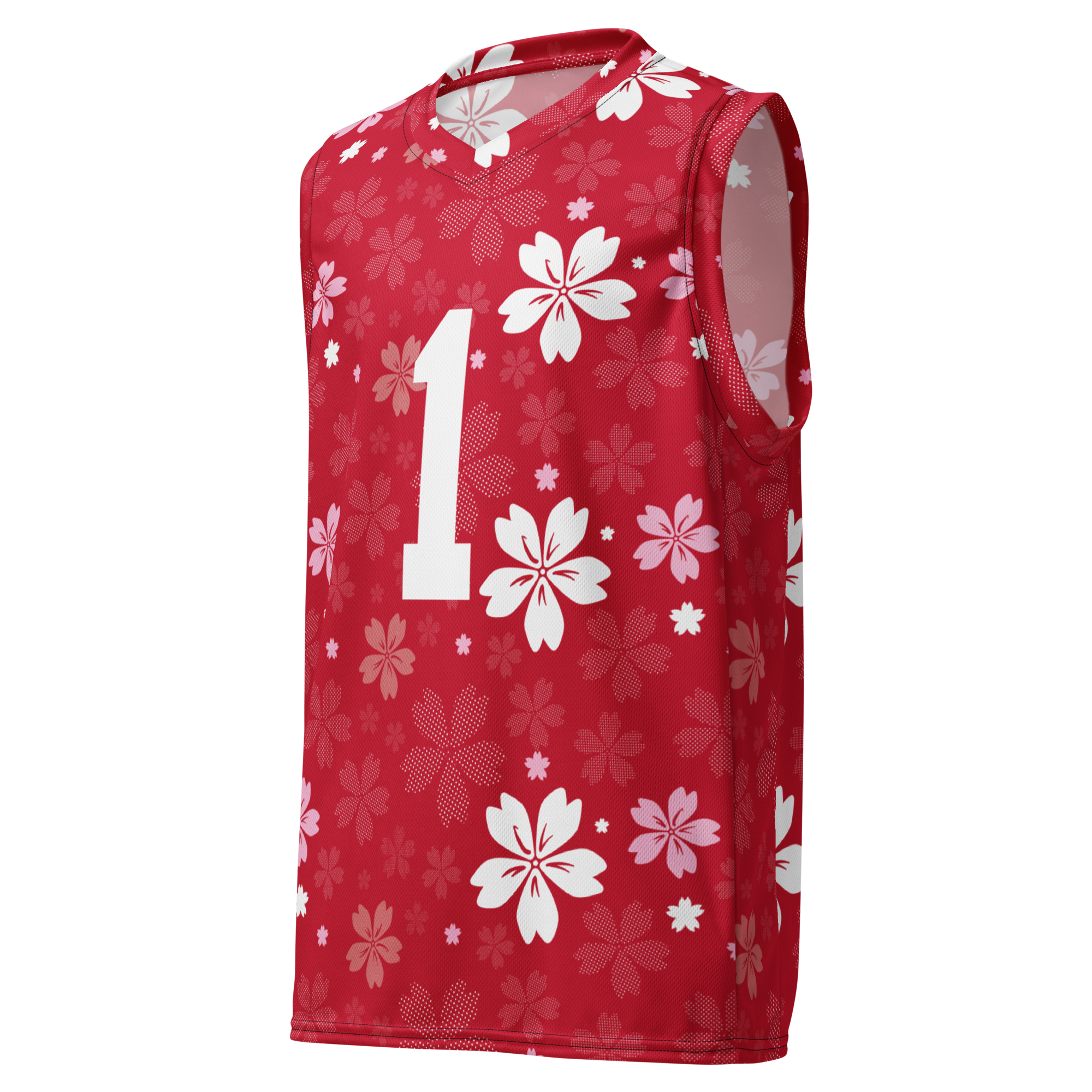
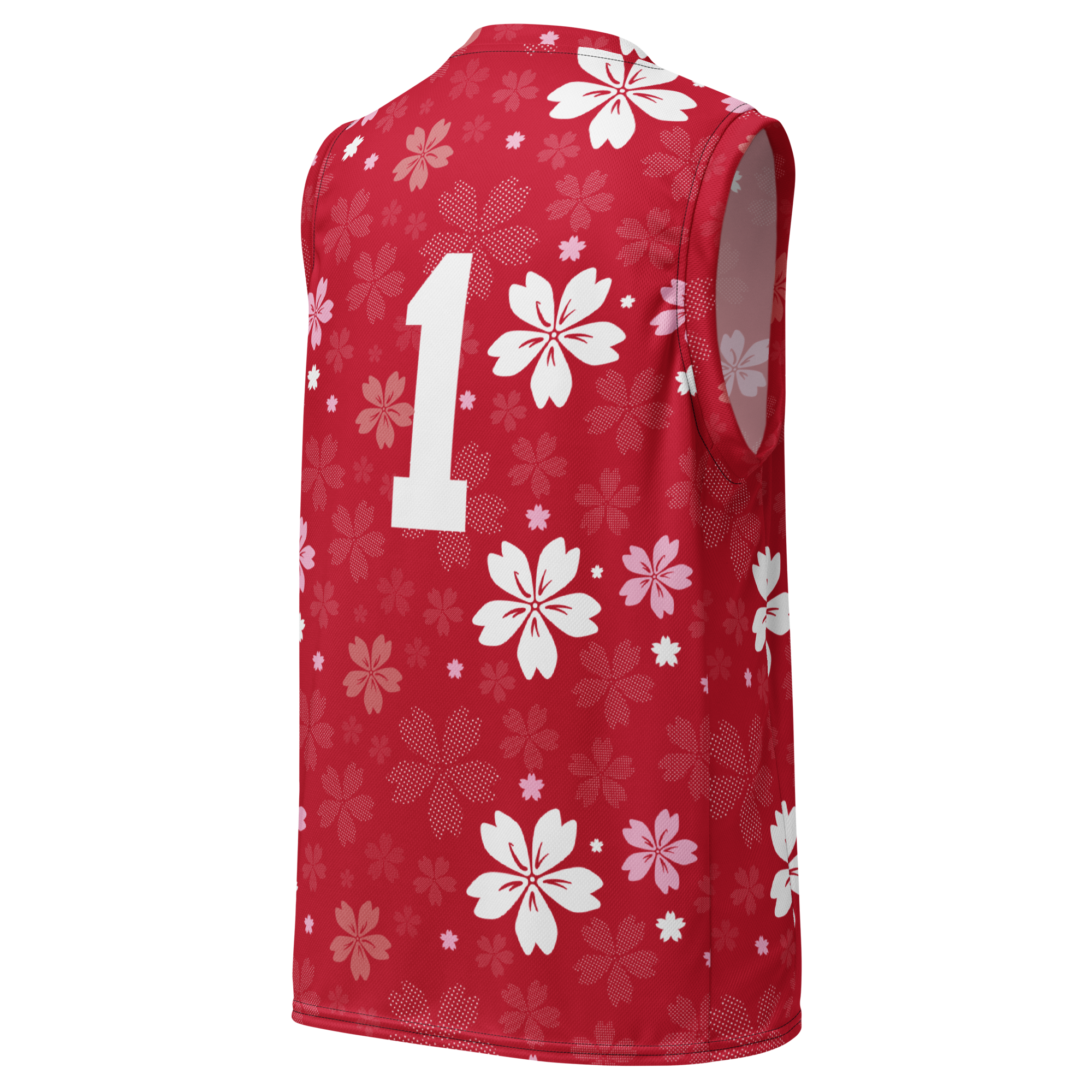
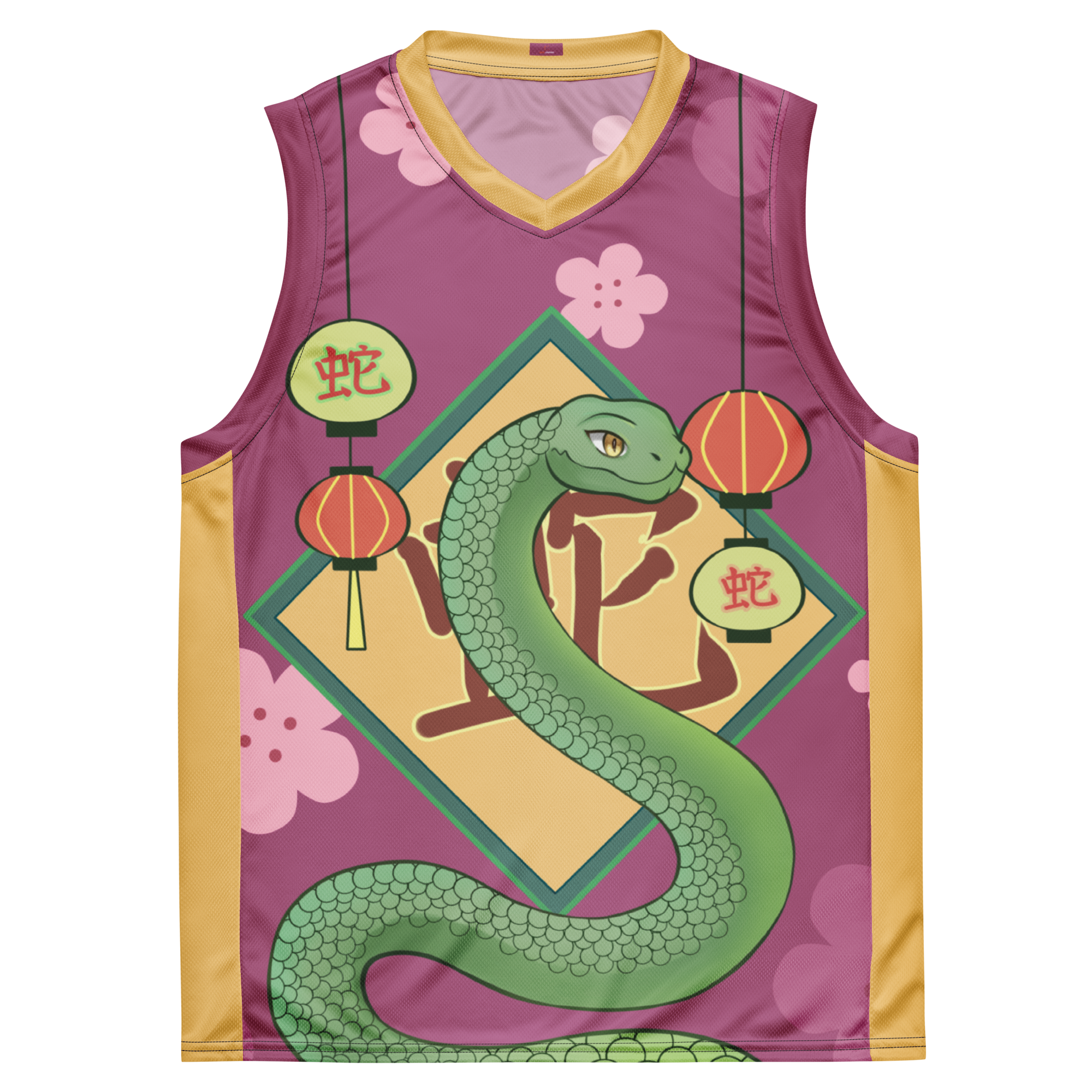
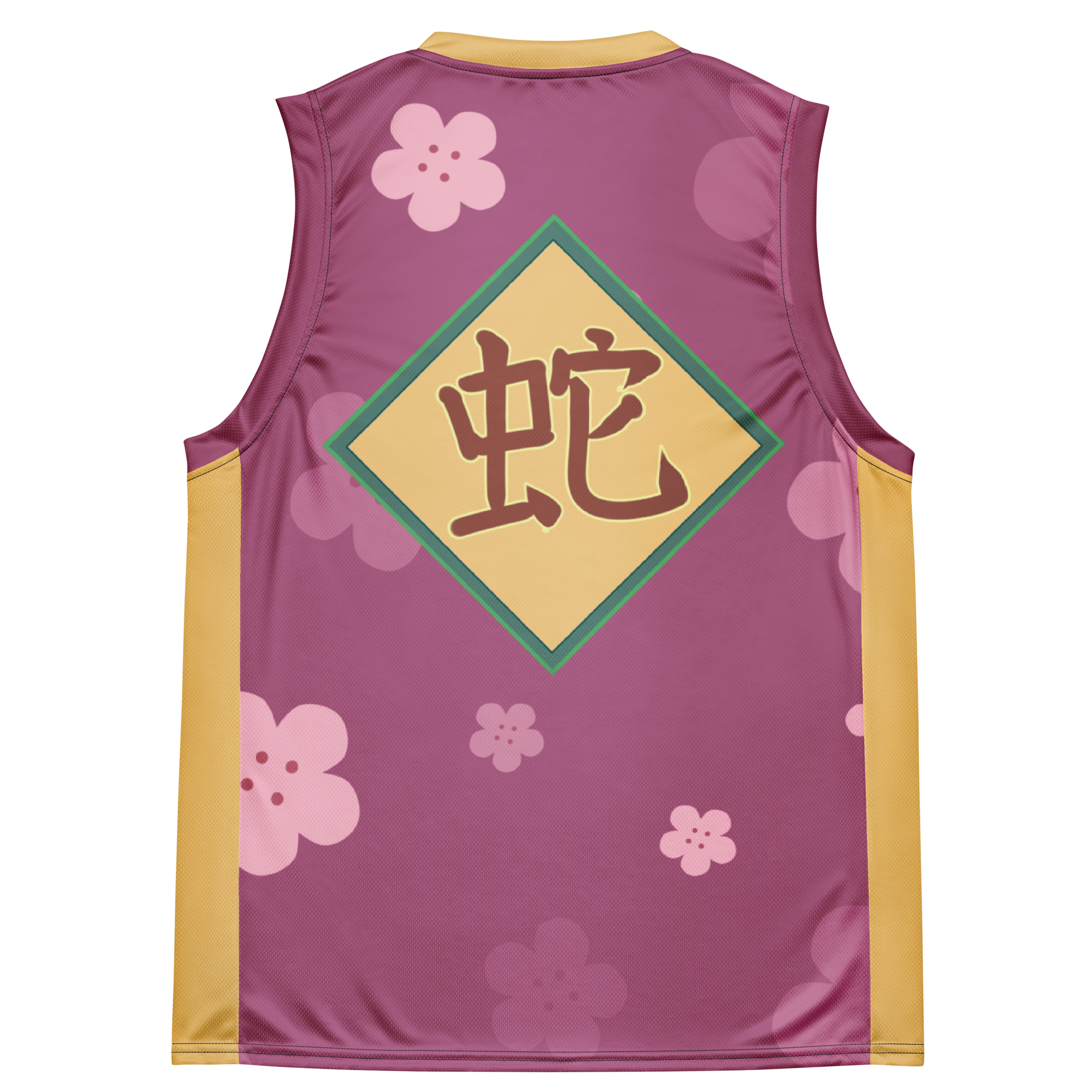
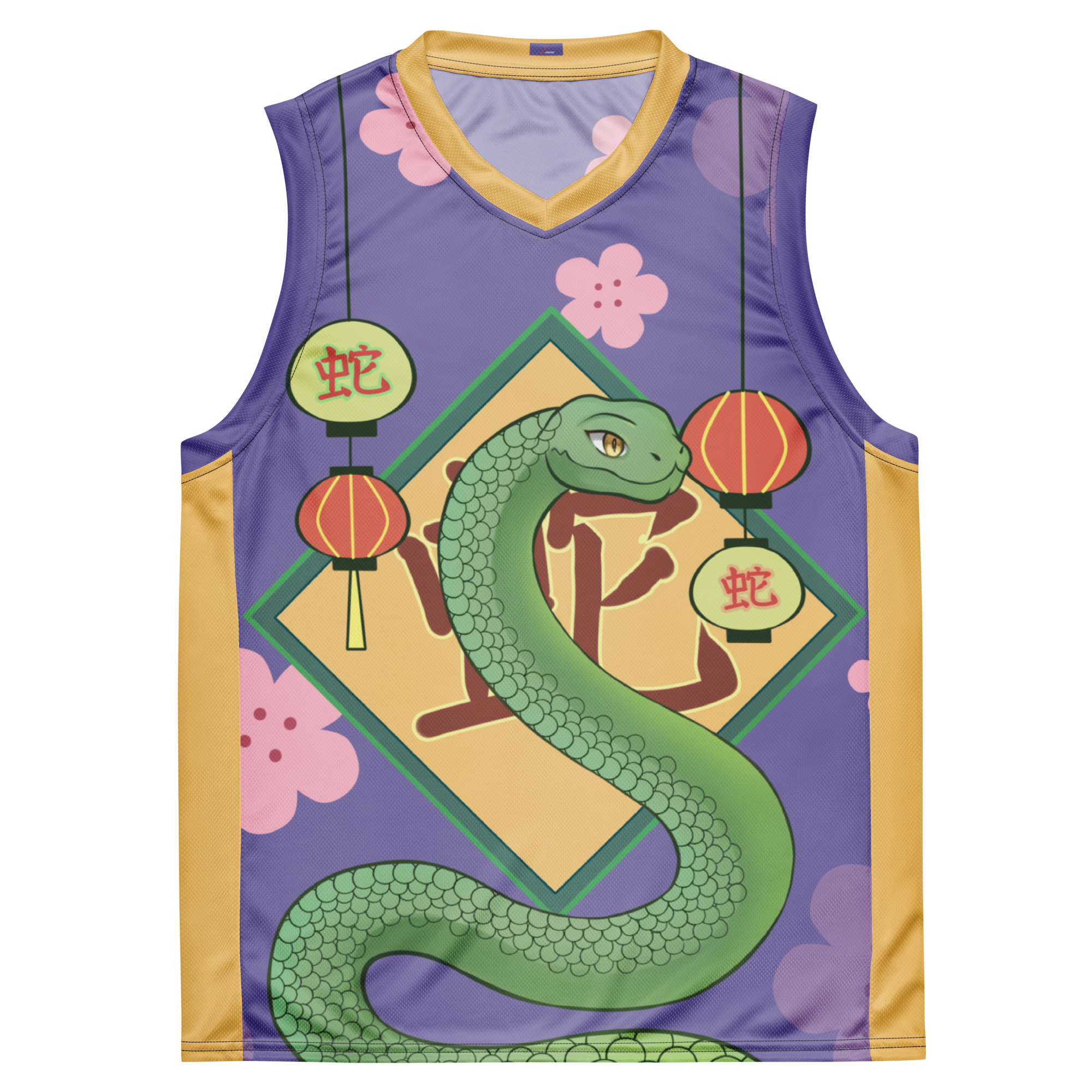
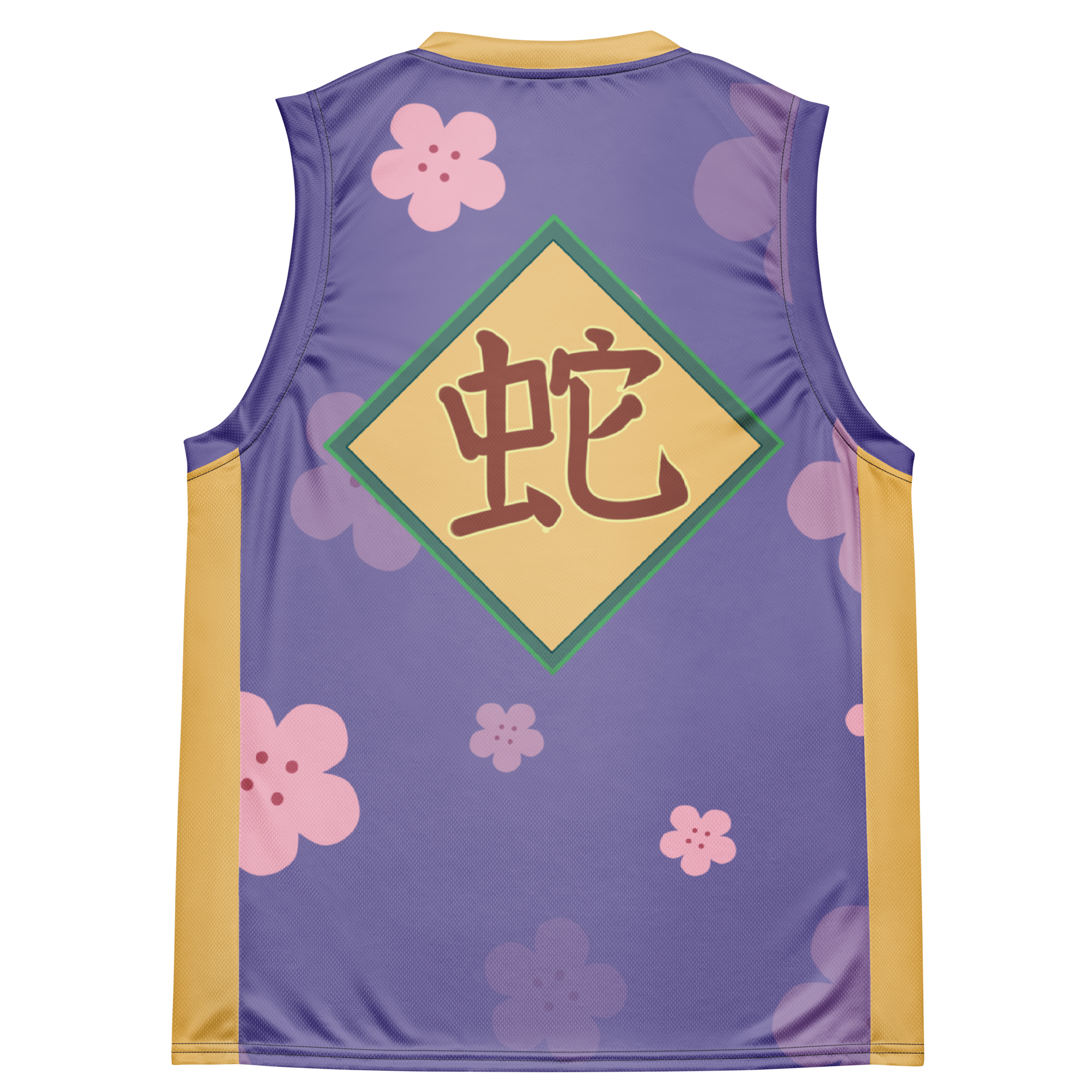
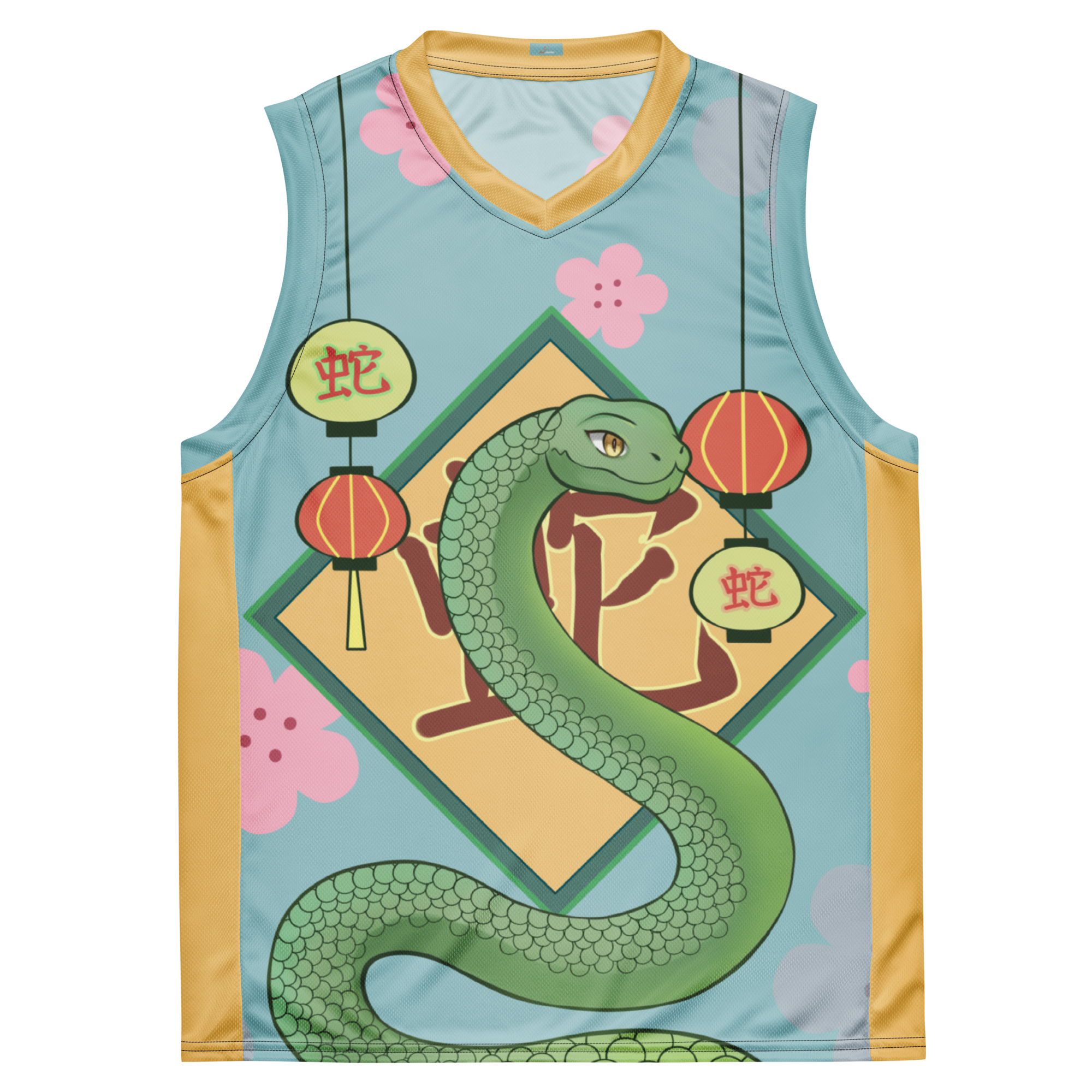
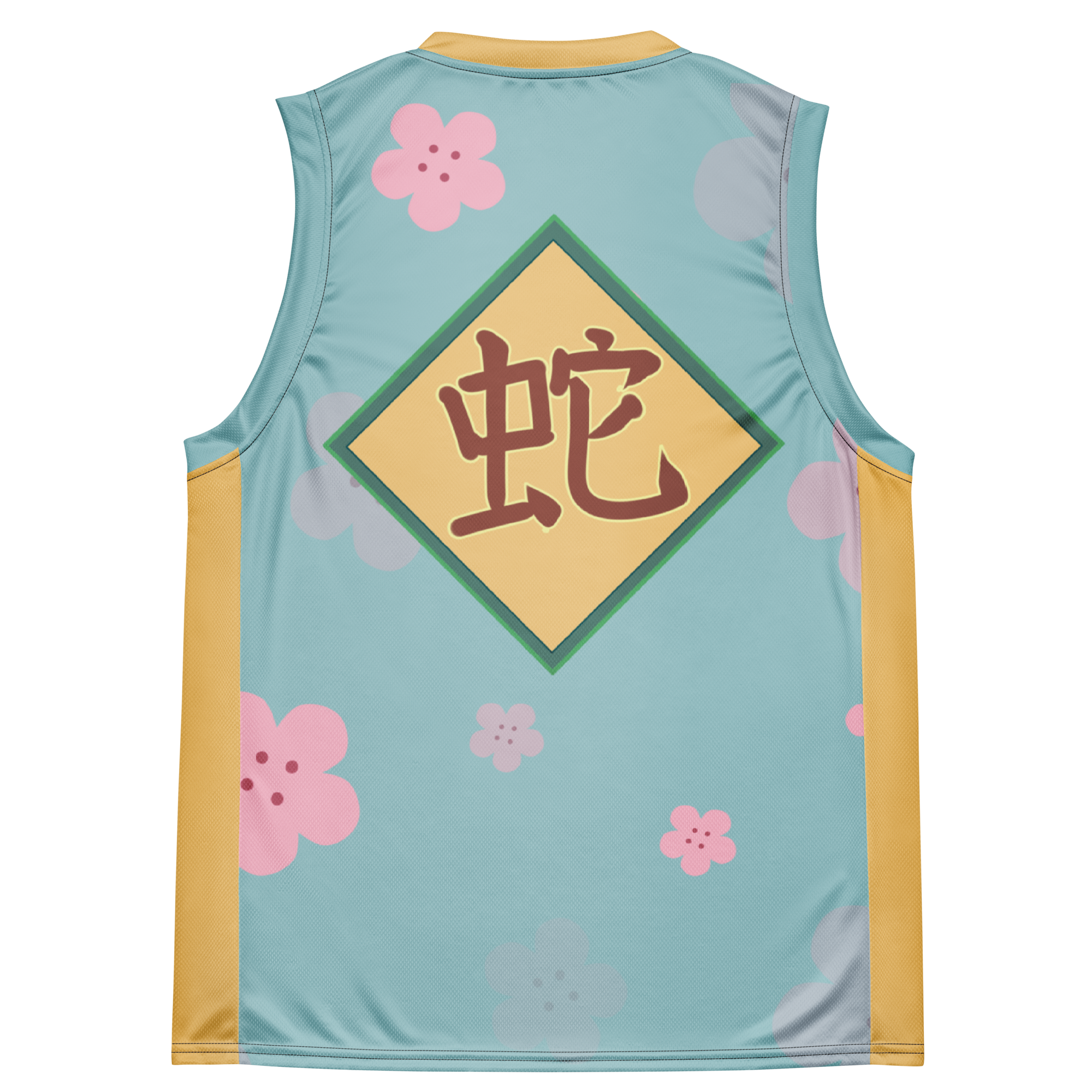
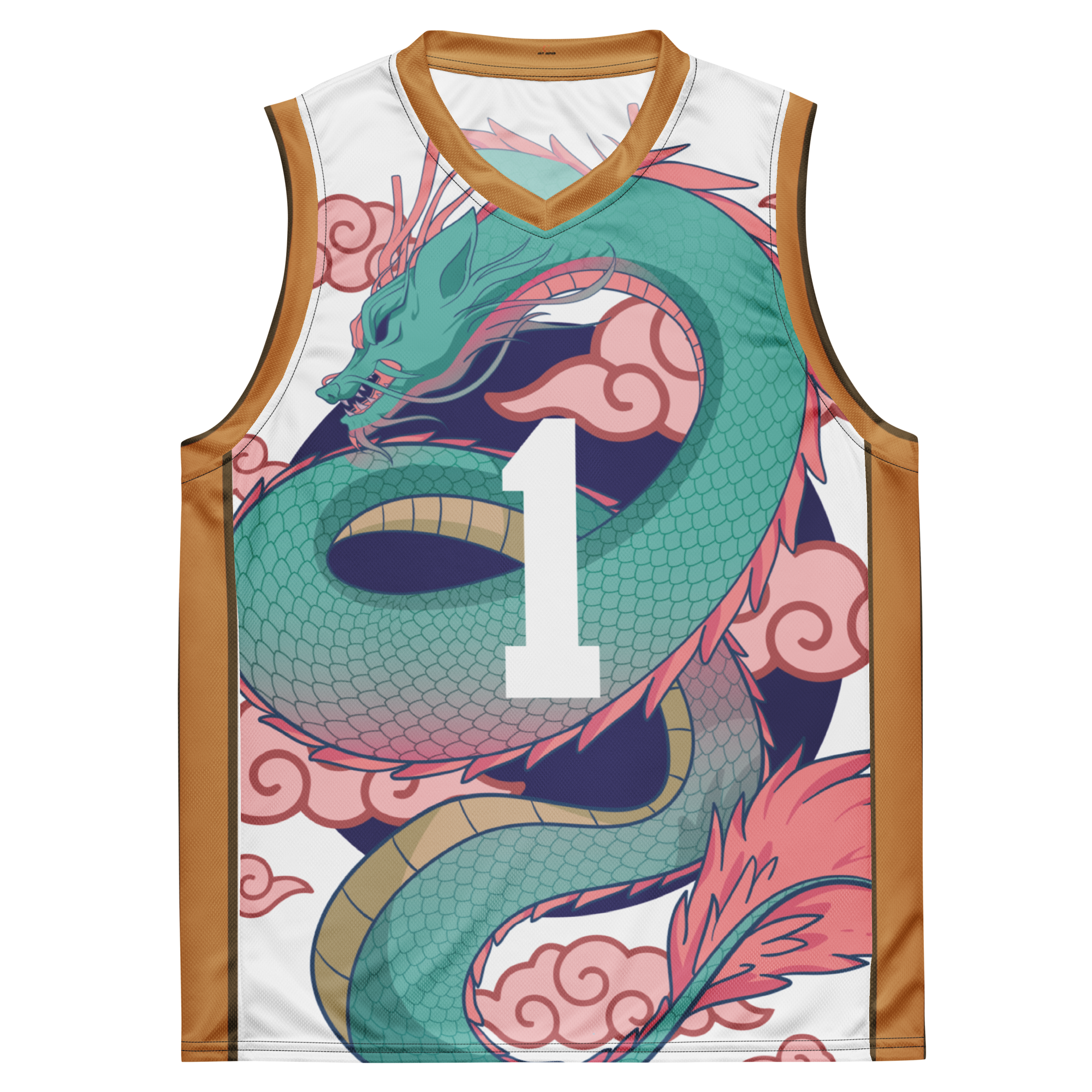
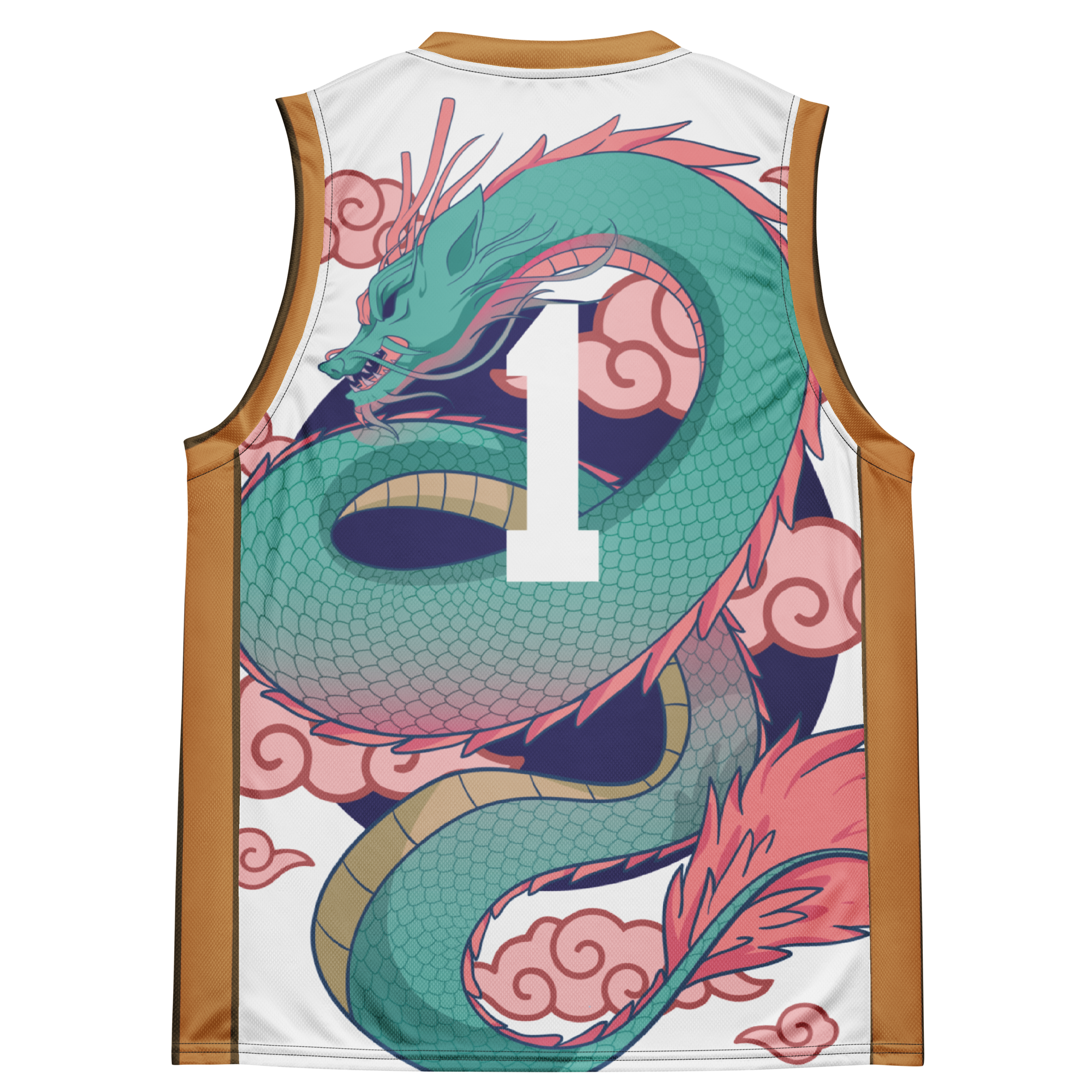
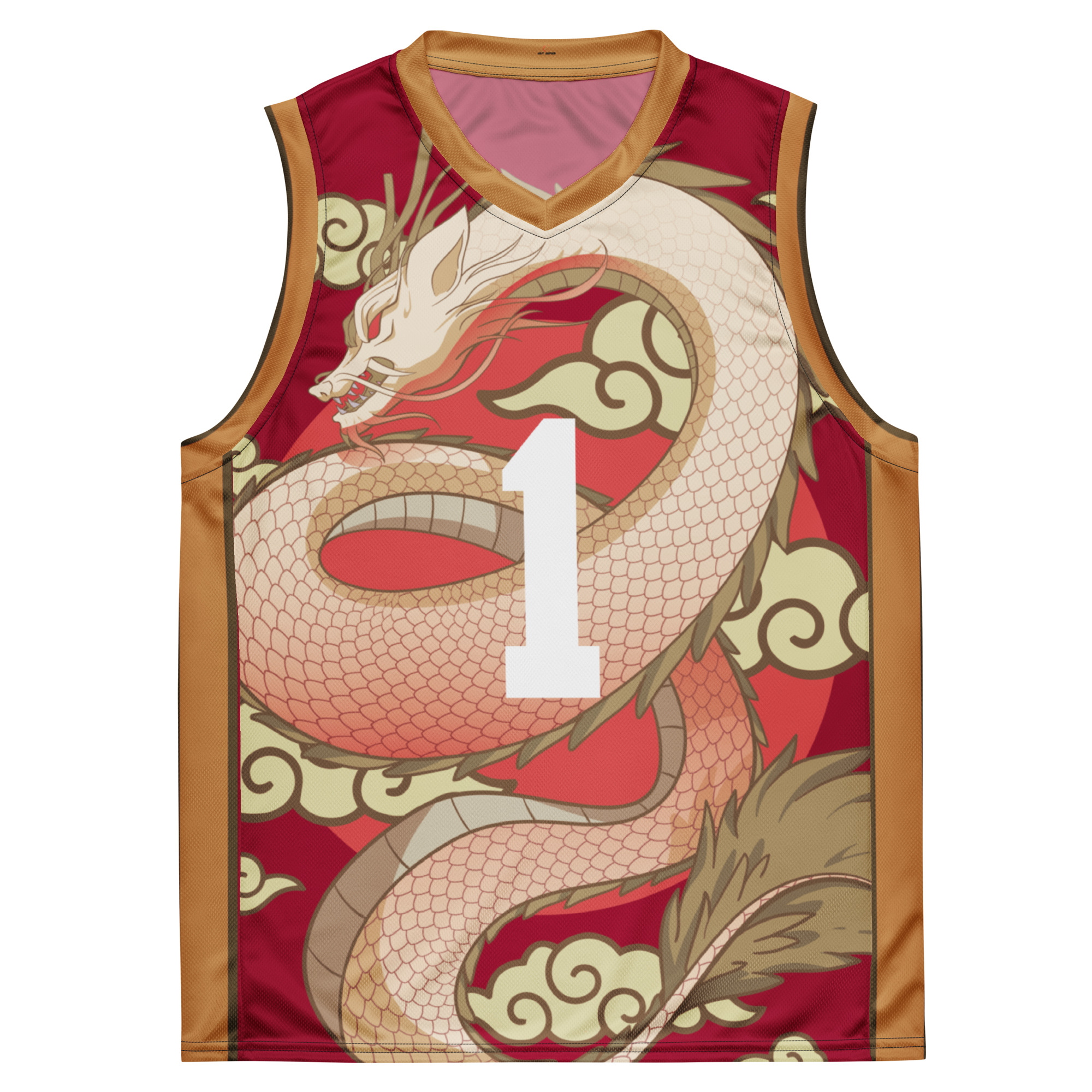
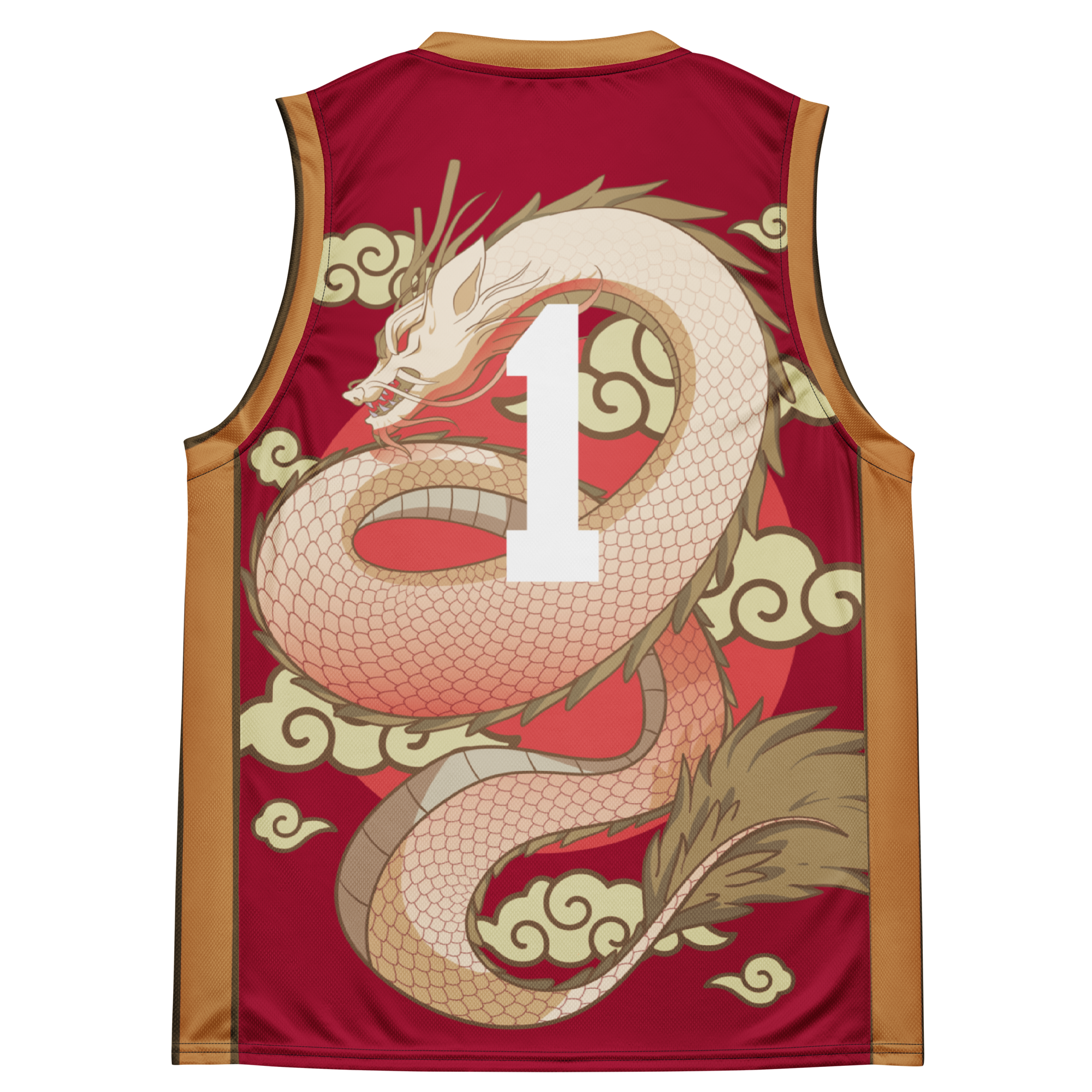
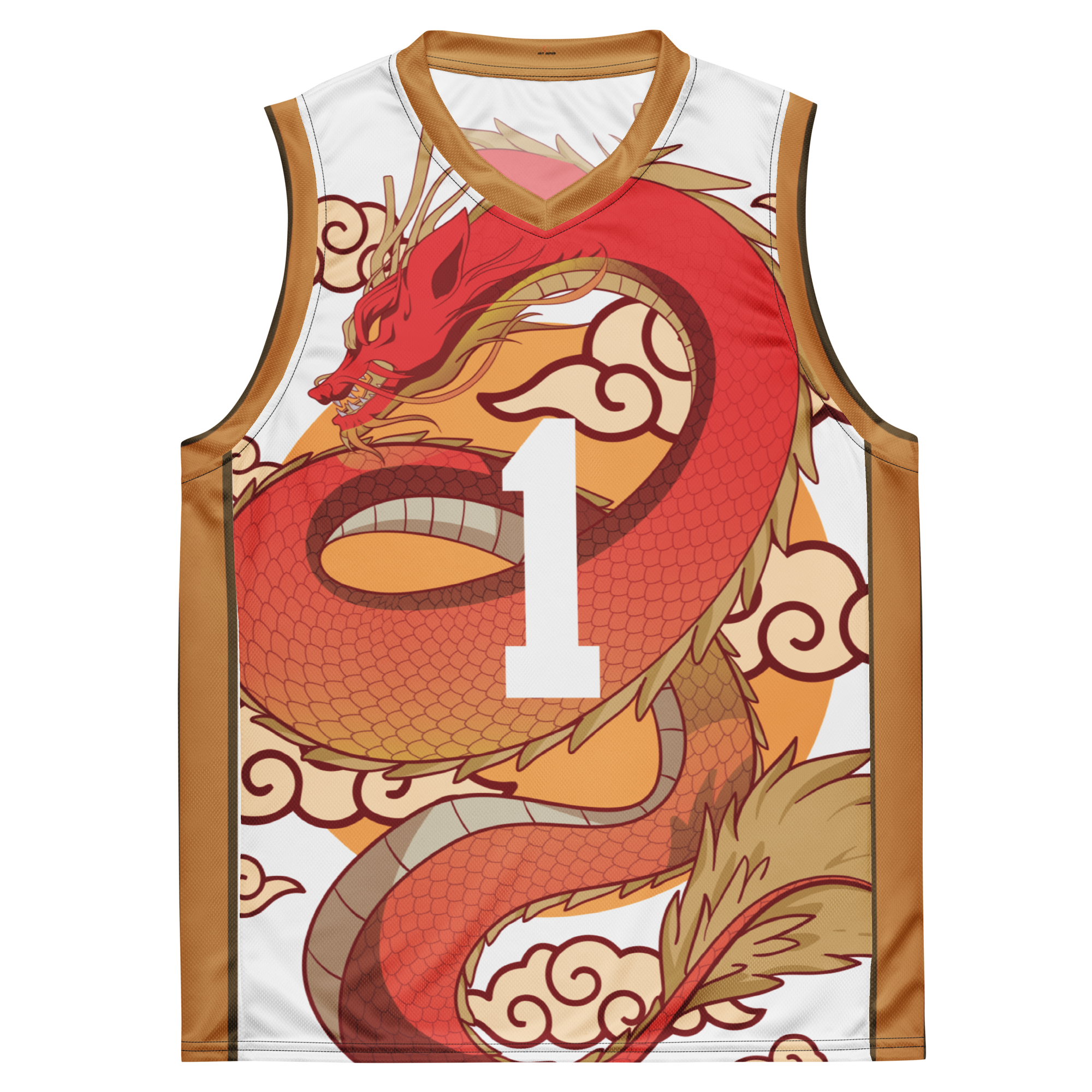
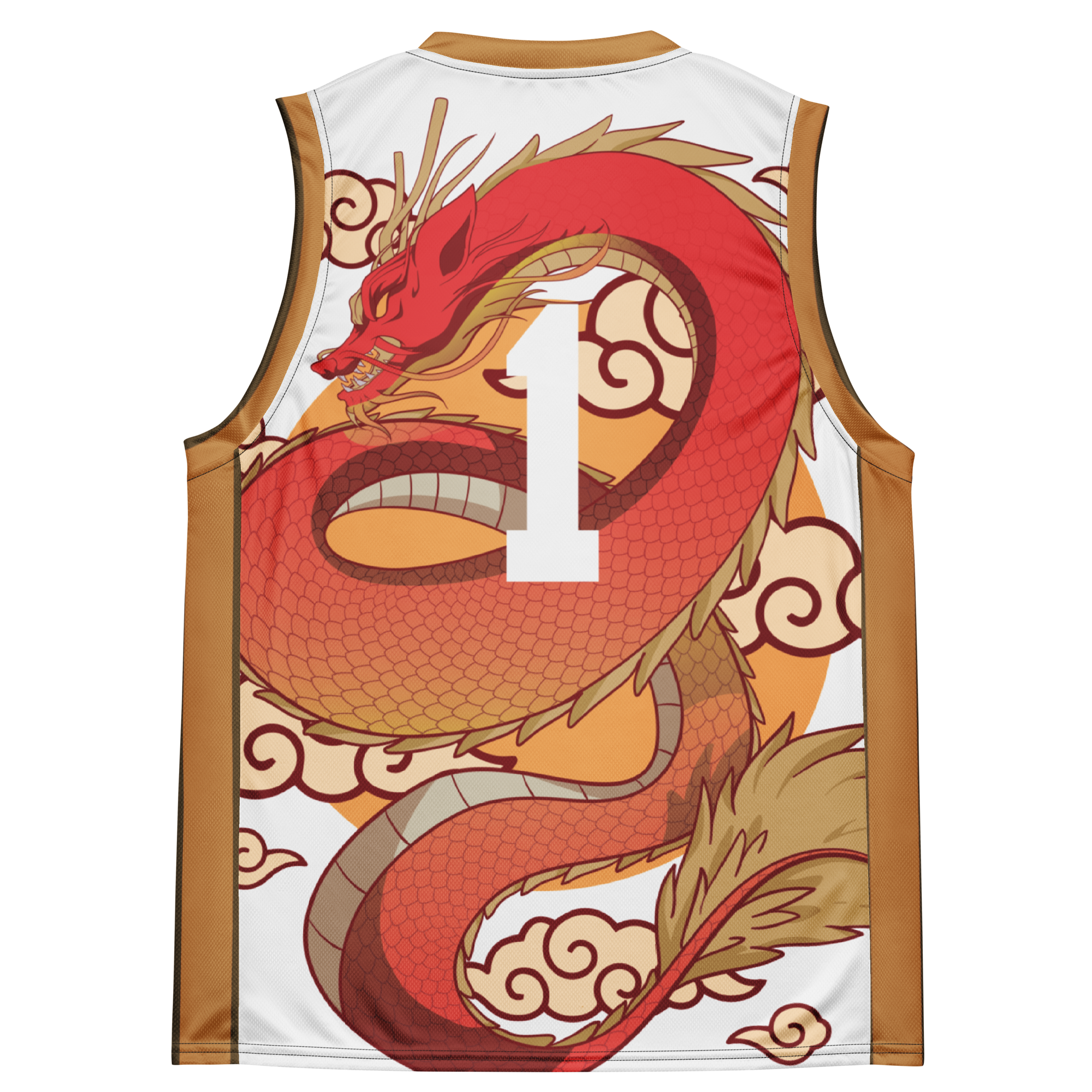


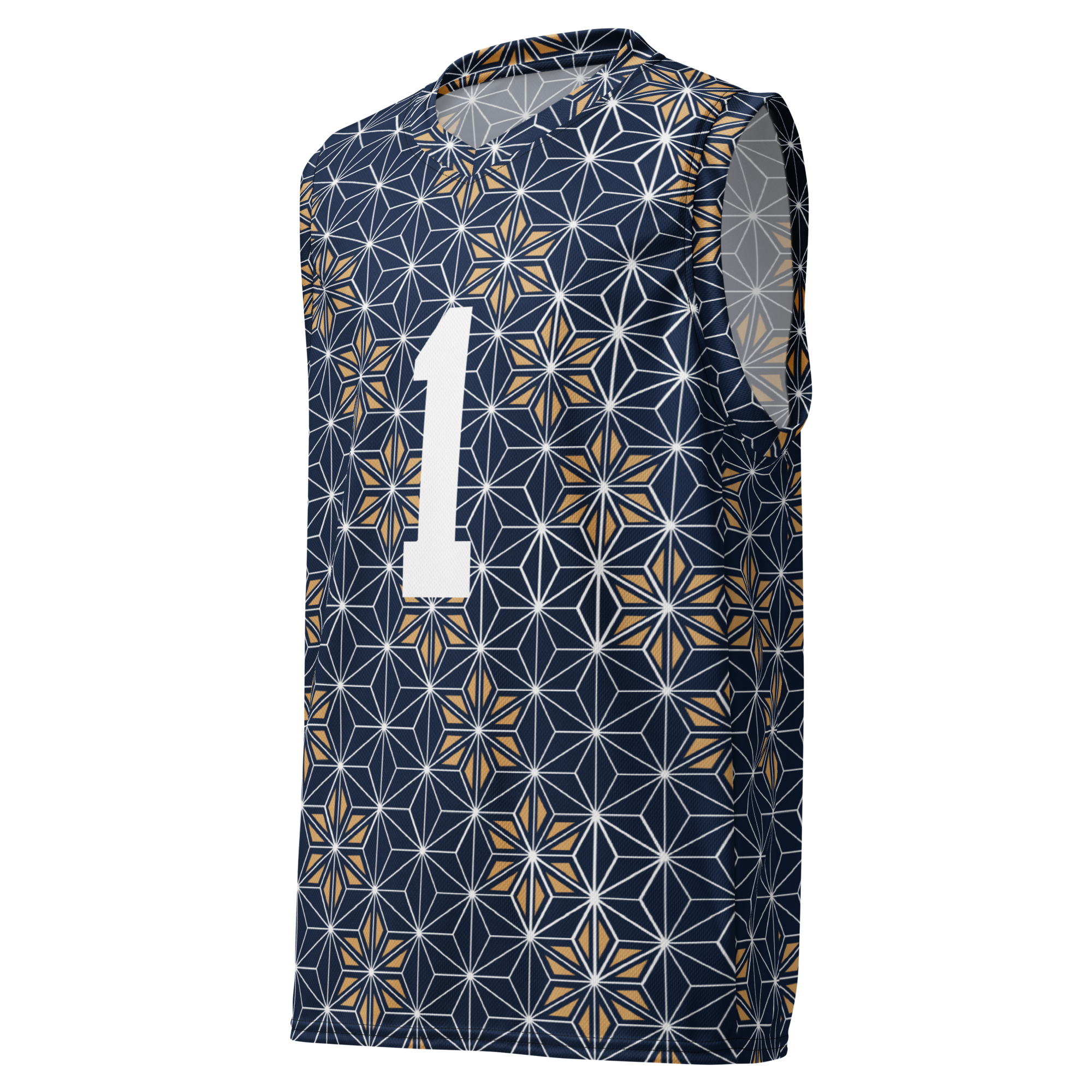

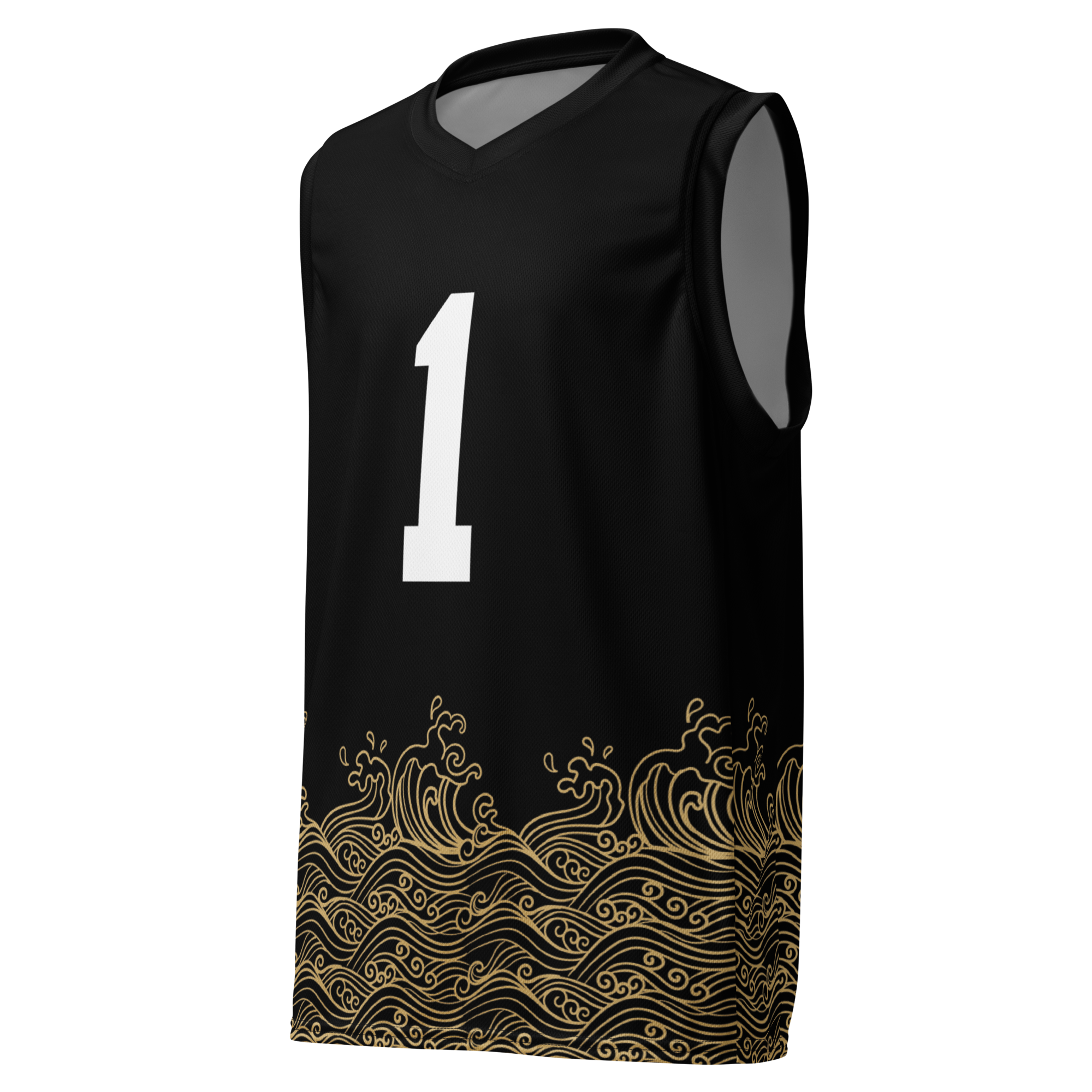
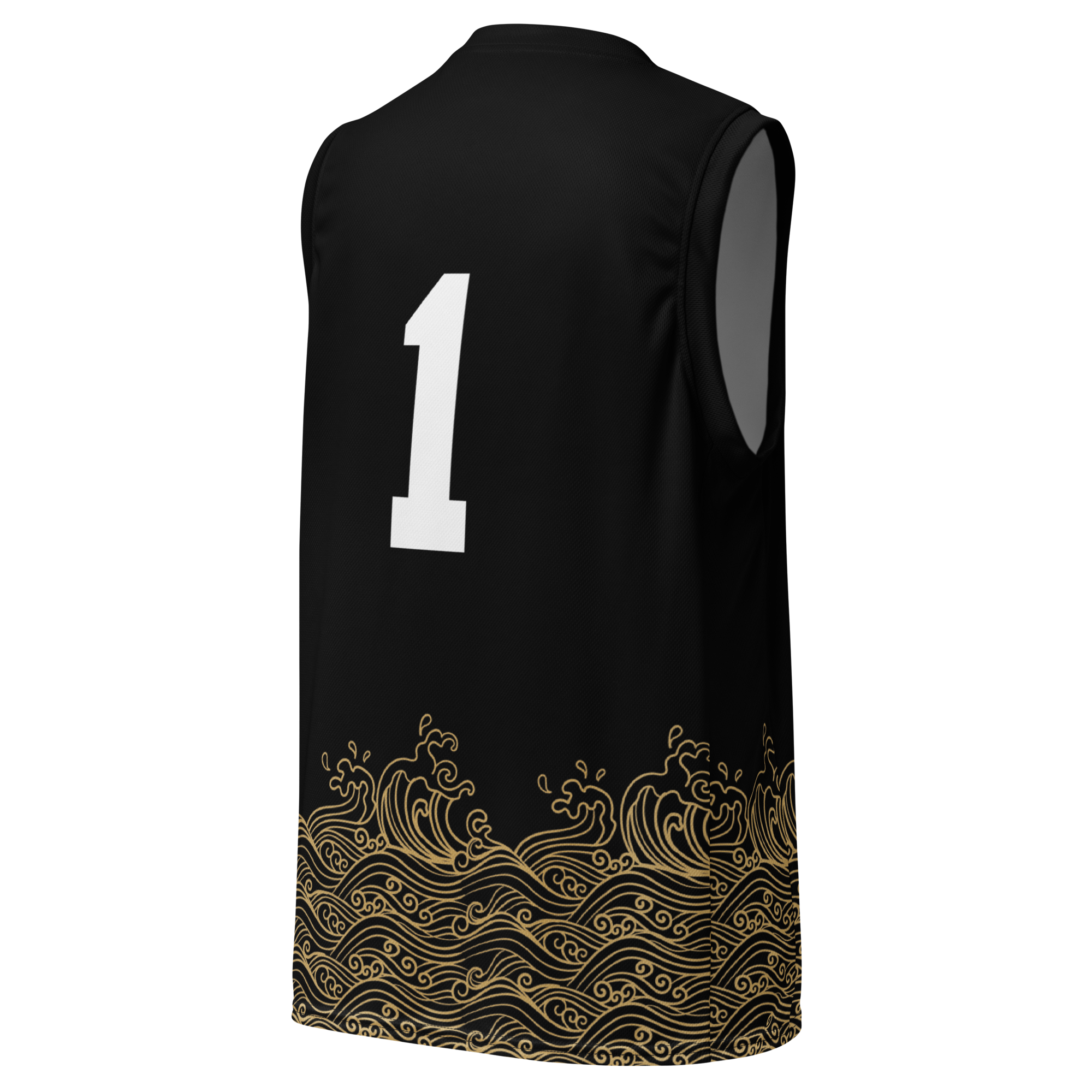



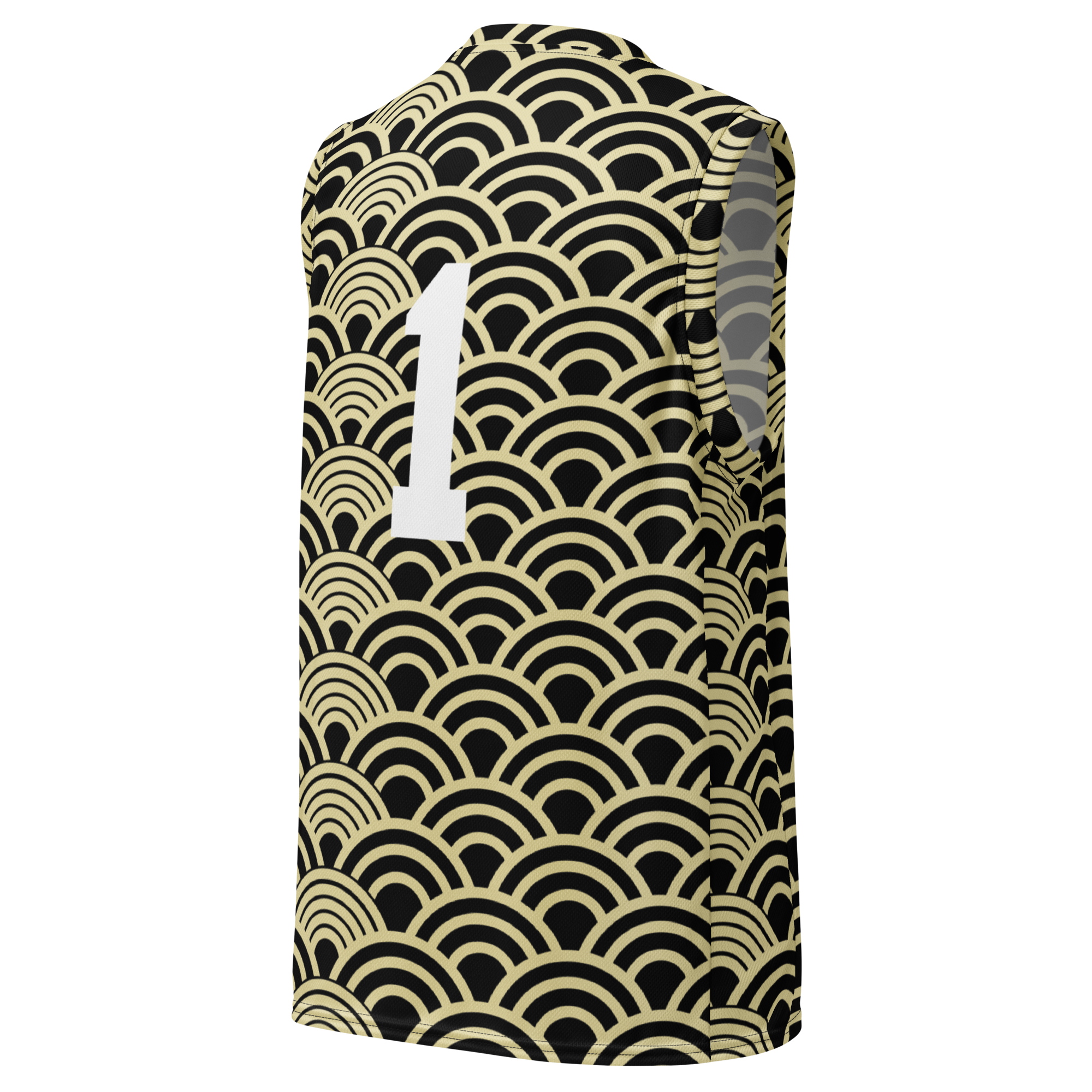
Dejar un comentario